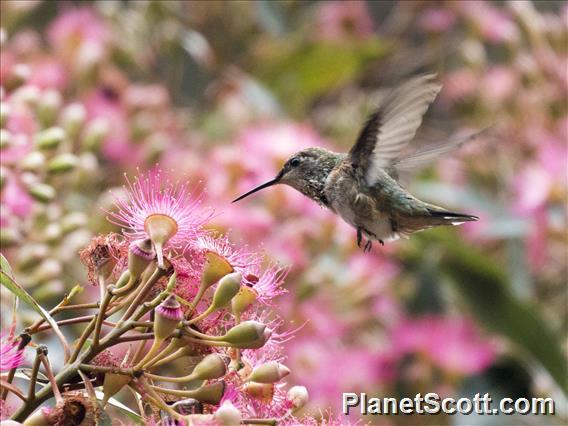Rufous Hummingbird (Selasphorus rufus)

Rufous Hummingbird (Selasphorus rufus)

Rufous Hummingbird (Selasphorus rufus) - Male


×



Rufous Hummingbird (Selasphorus rufus)

Rufous Hummingbird (Selasphorus rufus) - Male
About Rufous Hummingbird (Selasphorus rufus)
- Kingdom: Animals
- Phylum: Chordates
- Class: Birds
- Order: Hummingbirds and Swifts
- Family: Hummingbirds
The rufous hummingbird is a small hummingbird, about 8 cm (3 in) long with a long, straight and slender bill. These birds are known for their extraordinary flight skills, flying 3,200 kilometres during their migratory transits. It is one of nine species in the genus Selasphorus.
Source: Wikipedia
Trips
Visits
-
2006-08-15
Canyonlands National Park, United States of AmericaSeen on plateau above Labyrinth Canyon, flying past. -
2010-06-11
Petersburg - Wrangell Narrows, United States of America -
-
-
-
-
-




